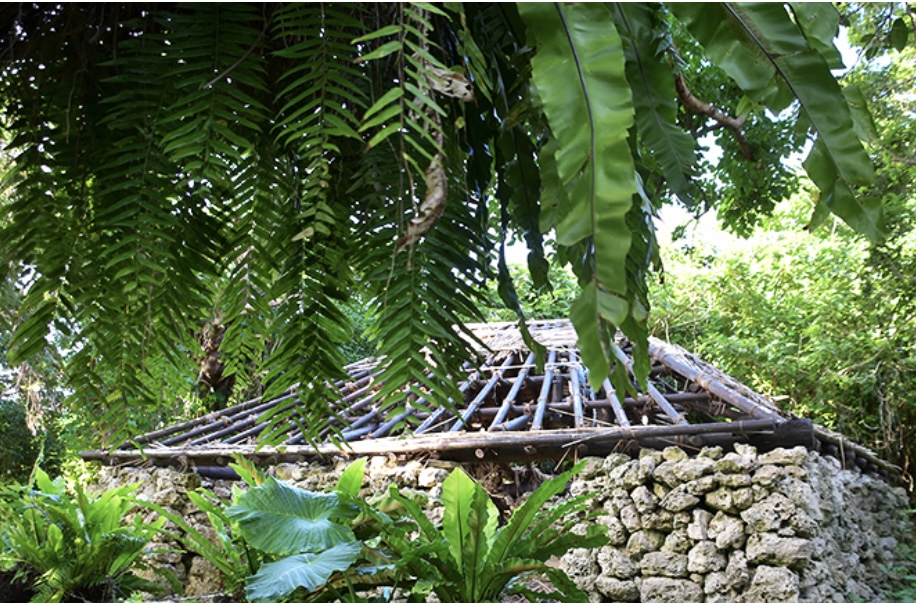
The Uebiyama Ruins, located in Gusukube, Miyakojima City, Okinawa Prefecture, is a vast settlement site dating back to the 14th–15th centuries. It is considered a sacred place deeply rooted in the island’s history and culture. Situated on a hill formed of Ryukyu limestone, the site features numerous utaki (sacred shrines) and ritual grounds. Among them, the “Uipyaamuto Ritual Site” stands out as an especially important location for understanding Miyako Island’s traditional village ceremonies and has been designated a Tangible Folk Cultural Property of Okinawa Prefecture.
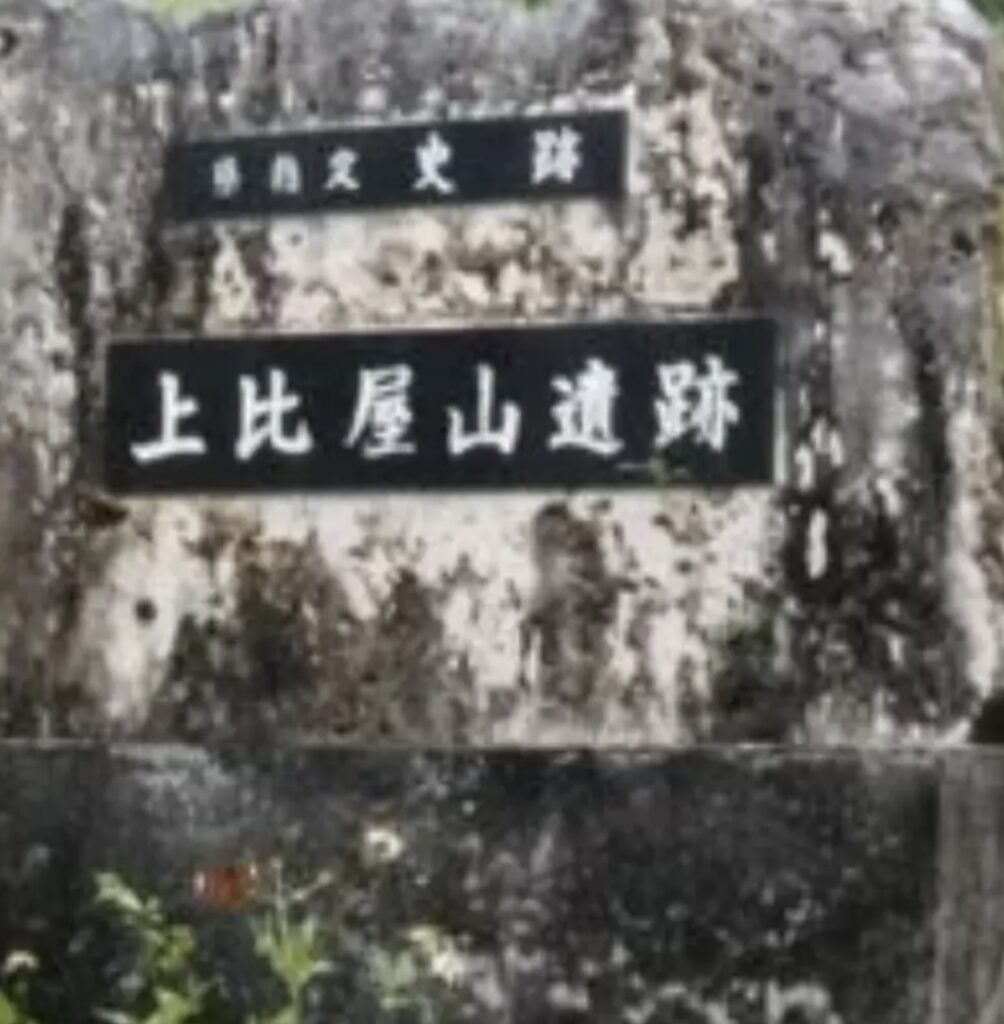
Uebiyama has long been regarded as a sacred area and continues to be revered by many local residents today. Excavations have uncovered Miyako-style and Yaeyama-style pottery, along with celadon and white porcelain imported through trade with China. The large quantity of celadon discovered suggests that this area may have once served as a trading hub or port town.
Throughout the site, you’ll also find stone structures and thatched-roof utaki that have been preserved for centuries. These places have been central to sacred rituals such as the February and August retreats, during which local kinship groups gather for several days to perform boat-rowing ceremonies and sing sacred songs in prayer.
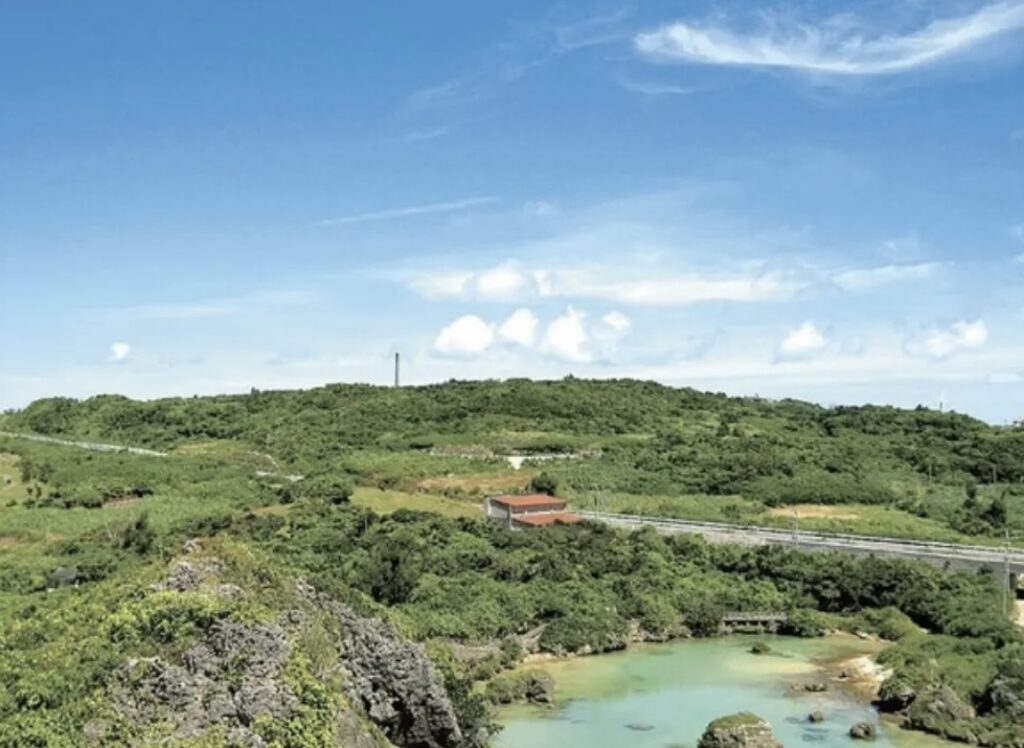
Visiting the ruins, you’ll encounter the remains of old dwellings quietly hidden among lush subtropical vegetation, creating a mystical atmosphere where time seems to stand still. Only the sounds of birds and rustling trees fill the air, making it a uniquely tranquil place where history and nature harmoniously coexist.
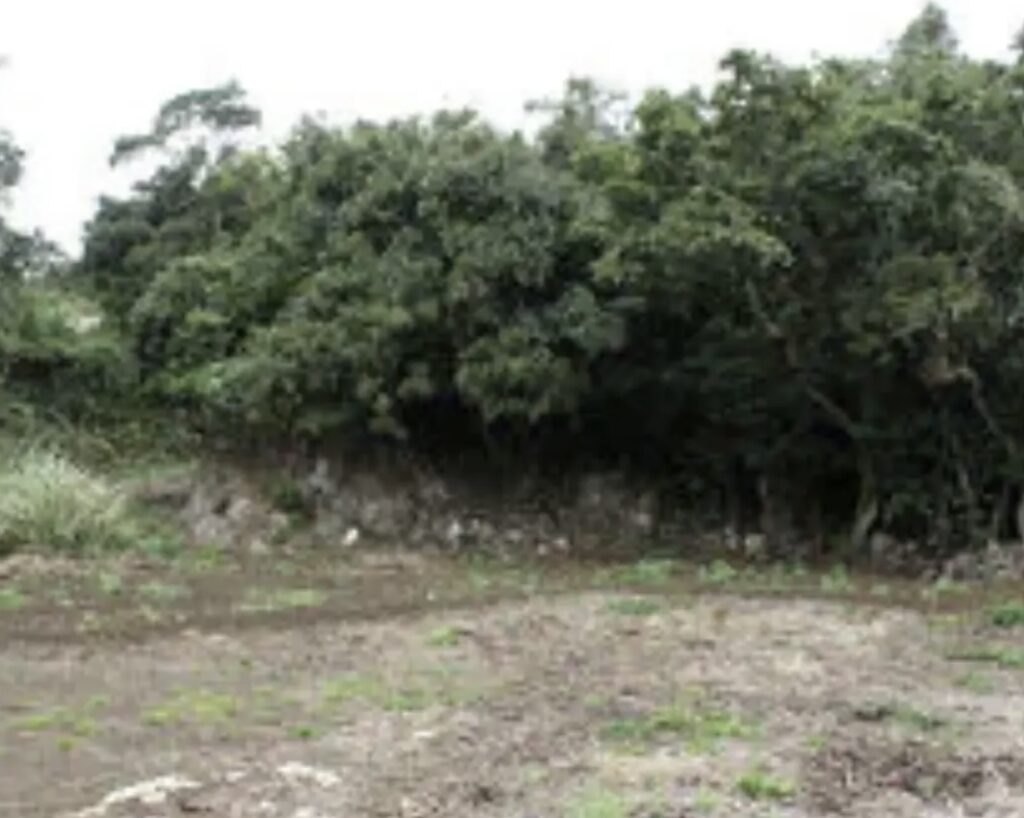
Once difficult to find due to limited information, the Uebiyama Ruins are now part of the “Ayantsu” Historic Culture Road, and are gaining recognition as a valuable site to explore the deep history and spirituality of Miyako Island.
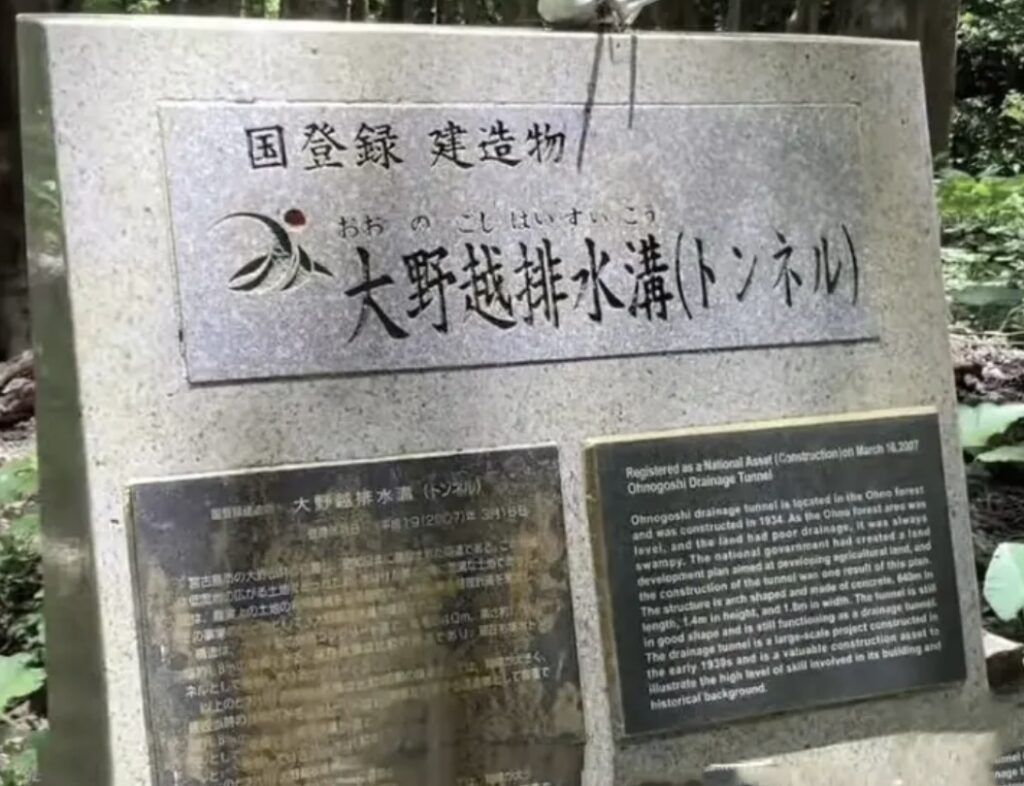
Address: Sunagawa, Gusukube, Miyakojima City, Okinawa Prefecture








最近のコメント